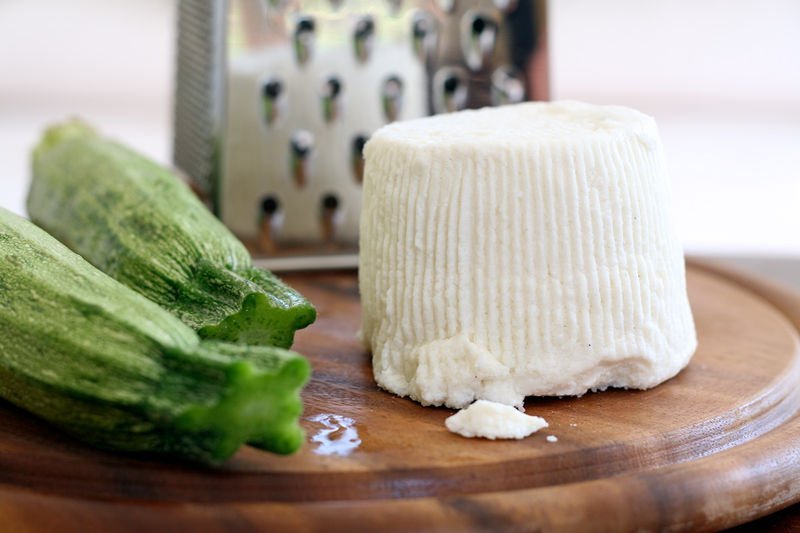Ricotta is an Italian cheese that is made from cow, goat, sheep, or buffalo’s leftover whey. It is traditionally a by-product of creating other cheeses like mozzarella and provolone. It is a great cheese from people who have casein intolerance. It is also a dieter’s dream cheese because it is known to be low in fat and high in protein. Let us know more about Ricotta cheese.
History
Like other cheeses that belong to the Italian cheese family, Ricotta is very old that’s why its origins are almost impossible to place. But it may date back as far as around 200 AD. According to some scholars, the practice of reusing leftover whey began with cheese-making itself when Neolithic humans found that cooking the byproducts of cheese only yielded more cheese.
The two earliest mentions or depictions of Ricotta are related to Sicily. Professor Santi Correnti of the history department in the University of Catania wrote that in the early 13th century during the reign of the Sicilian king, Frederick II, he and his hunting party found a hut of a dairy farmer who is making ricotta. Being ravenous, they asked for some of it. The king pulled out a bread load and poured hot ricotta and whey on top. Then, he advised his hunting party that those who do not eat it using a spoon will leave all their Ricotta cheeses behind.
The name Ricotta means “re-cooked” which refers to how leftover whey is boiled to extract the remaining proteins. It also holds a title which is one of the easiest Italian cheeses to make.
How Ricotta Cheese is Made
Ricotta is actually not a cheese but a creamy curd which is cooked twice. The leftover hot whey of milk used in cheese making has milk solids called albumin. It is poured into a metal container and heated to a boil. When the whey is re-cooked, the solid parts are skimmed off to drain. After that, the cheesy mass is then scooped up and poured into little baskets, draining the cheese of excess water and further solidifies it. After a couple of minutes, we now have what we call Ricotta cheese.
The remaining water that came from making Ricotta cheese is still packed with other nutrients. This is why it is sometimes added to livestock feed and it is good for the animals’ health. Therefore, we can say that making Ricotta cheese is beneficial for farmers, animals, and consumers.
Characteristics of Ricotta Cheese
The traditional Italian Fresh Ricotta cheese is smoother compared to cottage cheese and it tastes mildly sweet. It is firm, not solid, and it consists of a mass of fine, moist, and delicate grains which are not salted or ripened. It is rind less, white in color, and has a fresh aroma. However, it is not a vegetarian cheese.
There are three distinct varieties of Ricotta cheese which are Ricotta salate moliterna which is created using ewe’s milk whey, Ricotta piemontese which is created using cow’s milk whey plus ten percent milk, and Ricotta romana, which is a byproduct of Romano cheese production.
Ricotta Cheese Pairings
In Italy, Ricotta cheese is often served as a simple dessert with chocolate shavings or cinnamon. It can also be used as the base of a range of pasta sauces to make them thicker. It can also be combined with cooked spinach to stuff pancakes and cannelloni. It is also a popular ingredient in Italian dishes such as pizza, lasagna, manicotti, ravioli, cassata, and dips.
In baking, Ricotta cheese can be used in making cheesecakes. And when it comes to drinks, Ricotta cheese pairs well with Sauvignon Blanc.
If you want to experience something Italian, then take a bite onto a Ricotta cheese. It is another delicious kind of cheese to serve as a snack or dessert at parties and gatherings.


